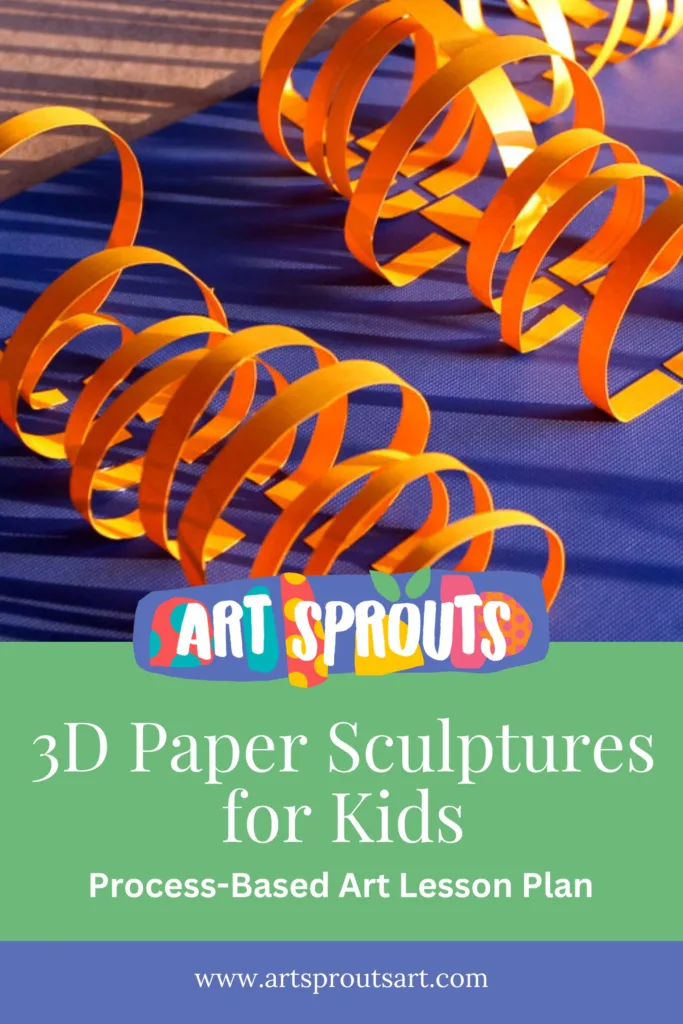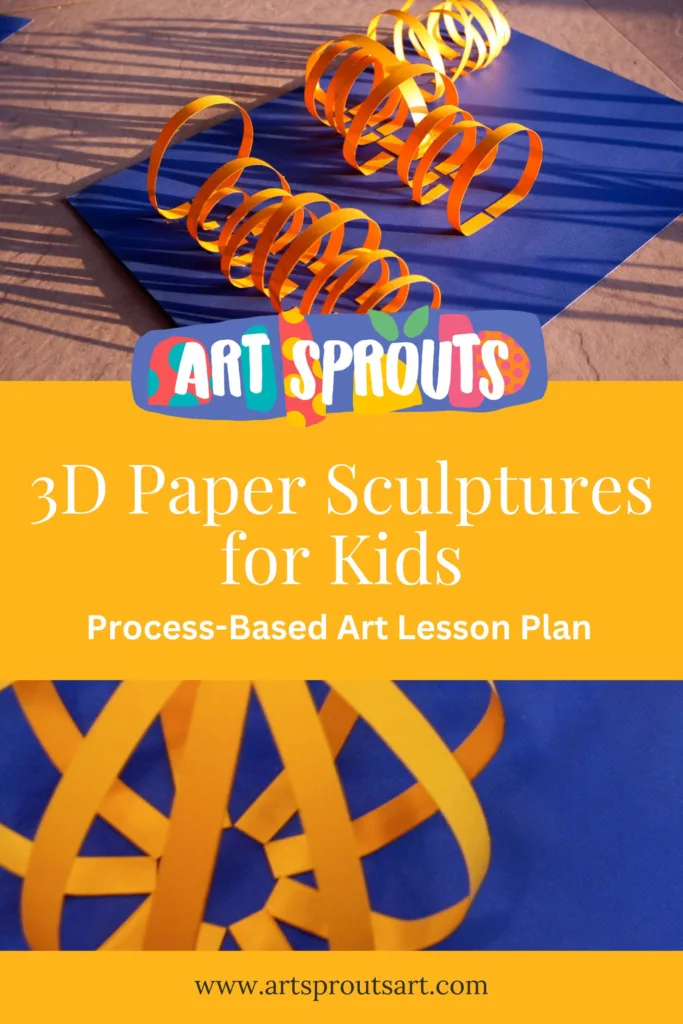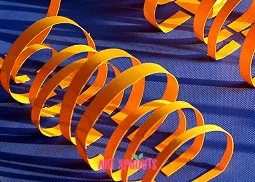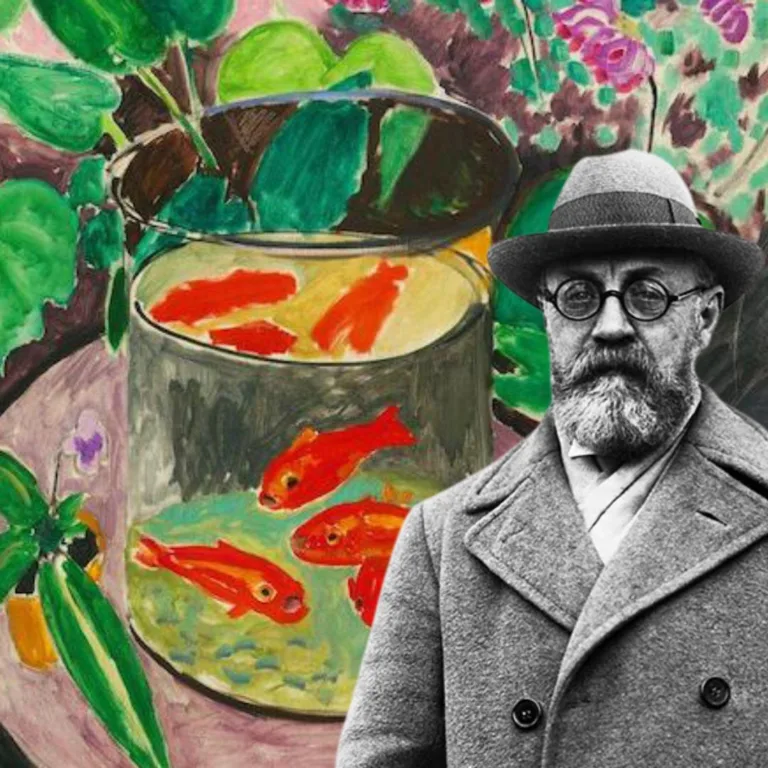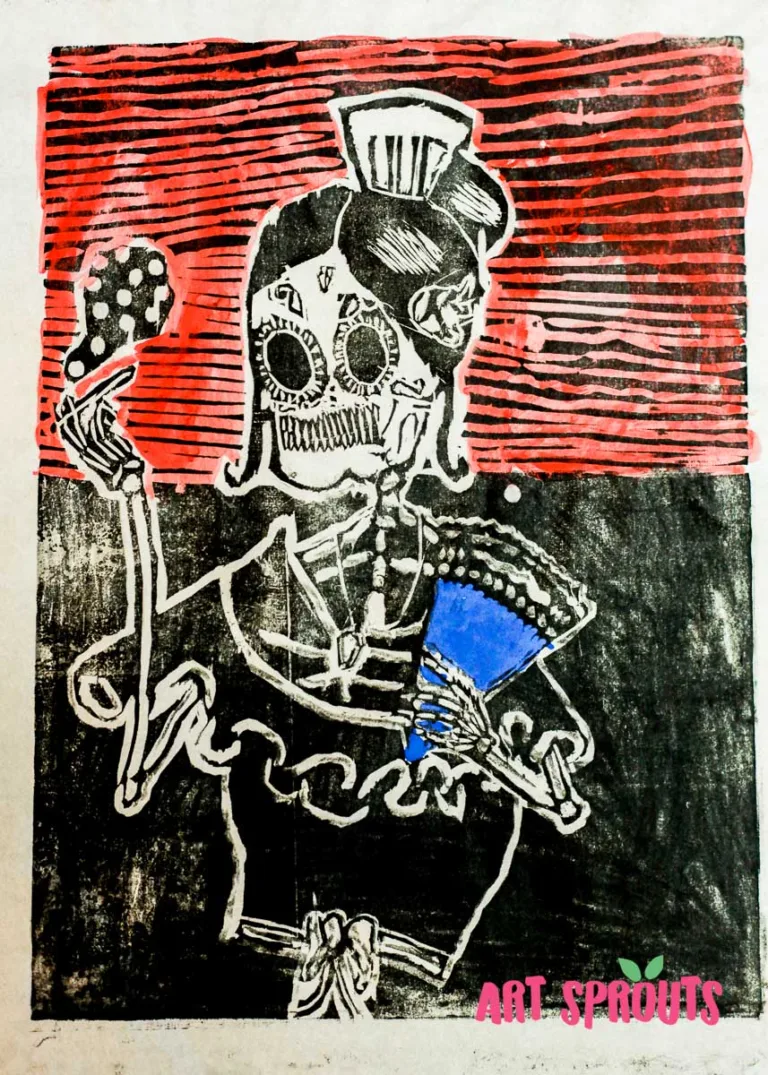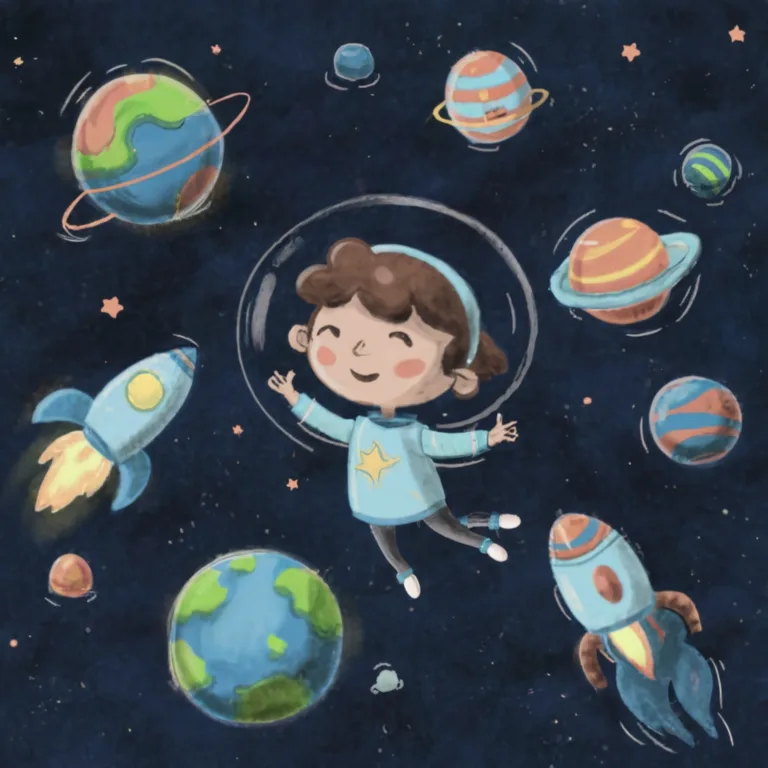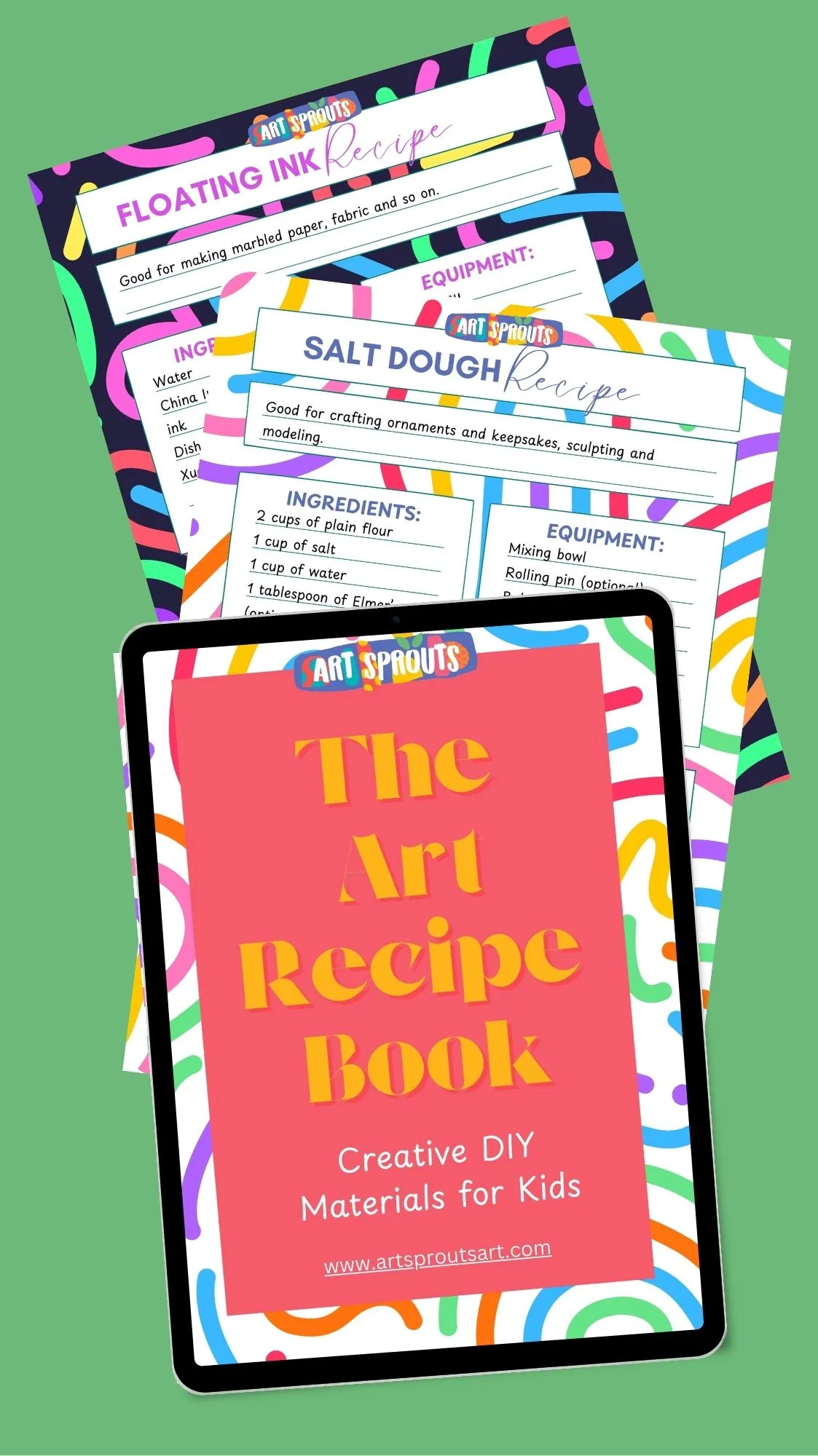How to Create 3D Paper Sculptures with Kids: A Process-Based Art Activity
Engaging kids in 3D paper sculpture making is a fantastic way to foster creativity and experimentation while introducing them to basic art principles like form, texture, and light. This activity is particularly suited for younger children, such as preschoolers and kindergarteners, and focuses on process-based learning, encouraging kids to explore their creativity through hands-on play with paper, scissors, and glue.
By limiting the number of colors used in the project, kids can focus more on exploring how shapes and textures interact. They’ll also discover how moving their finished sculptures around changes the way they look based on the shadows cast by different lighting.
In this guide, we’ll show you how to make simple 3D paper sculptures for kids with minimal materials, but maximum creativity!
Read also:
- Paper sculpture: Engaging Process art for Toddlers and Kids
- Monochromatic Sculpture for Kids: A Step-by-Step Guide to Creative Exploration!
- The Reggio Atelier: Where Creativity Takes Center Stage

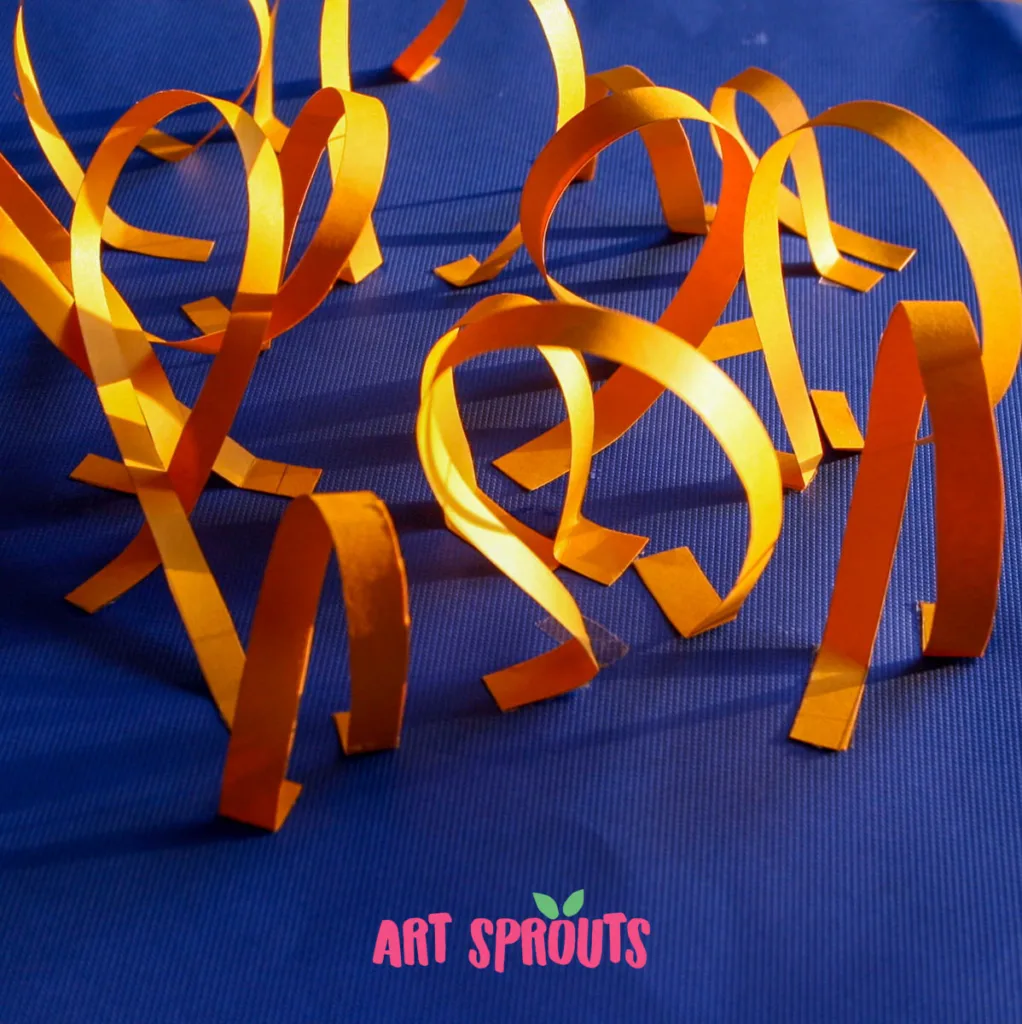

Materials Needed:
- A4 cardboard paper (one per child for the base)
- Colored cardboard paper (cut into strips; limit to two colors for enhanced focus on shapes)
- Scissors
- Glue or tape
Step-by-Step Instructions for 3D Paper Sculptures
1. Prepare the Paper Base
- Each child receives an A4 piece of cardboard that will act as the base for their sculpture. Restrict the color palette to two colors. This helps children focus on creating distinct shapes and textures without getting overwhelmed by color choices.
2. Cut the Paper Strips
- Provide colored cardboard paper for the children to cut into long strips. Let them experiment with different widthsand shapes. Encourage them to create strips that are straight, curvy, or zigzagged.
- Cutting strips of various widths will add complexity: thin strips might curl easily, while wider strips can be shaped into strong arches or waves.
3. Create 3D Structures
- The children can now begin attaching their paper strips to the cardboard base using glue or tape. Guide them through experimenting with different 3D shapes:
- Loops: Form a loop by bending a strip into a circle and attaching both ends to the base.
- Arches: Attach one end of a strip to the base and curve the other end upward, creating an arch.
- Twists: Twist a strip before attaching both ends, forming a spiral or corkscrew.
- Encourage kids to overlap strips or interweave them to create more complex forms.
4. Play with Light and Shadow
- Once the sculptures are finished, encourage the children to explore how light and shadow change the appearance of their work. Move the sculptures under different light sources, observing how shadows are cast onto the surrounding surfaces.
- You can use a flashlight, natural sunlight, or overhead lights to project shadows onto walls or tables, helping kids learn about how light can alter their perception of objects.
5. Reflect on the Process
- After completing their sculptures, have the kids reflect on their creations:
- What shapes did they enjoy making the most?
- How did the two colors they worked with affect their choices?
- What happened when they moved the sculptures and the light source around—did the shadows change the way their work was perceived?
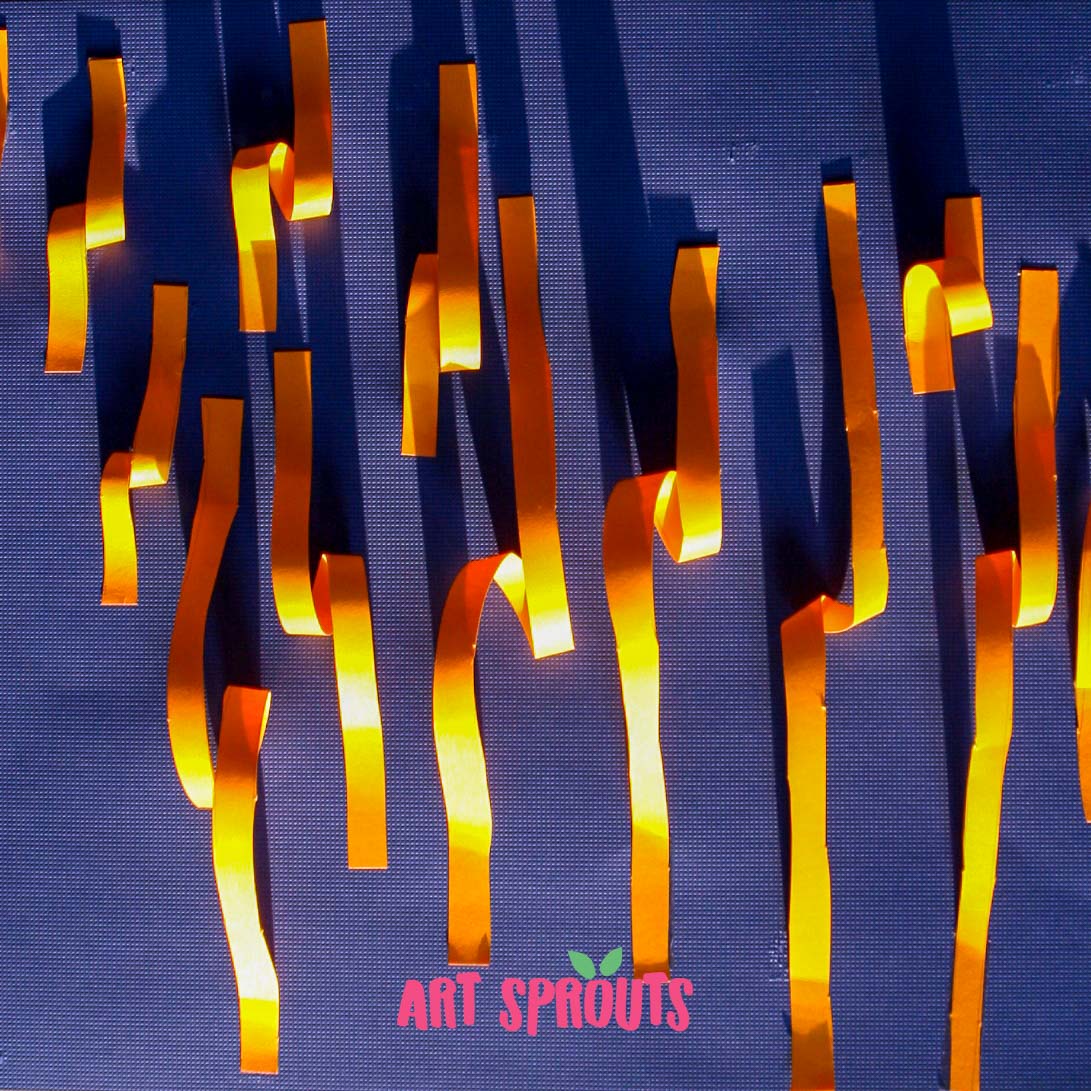
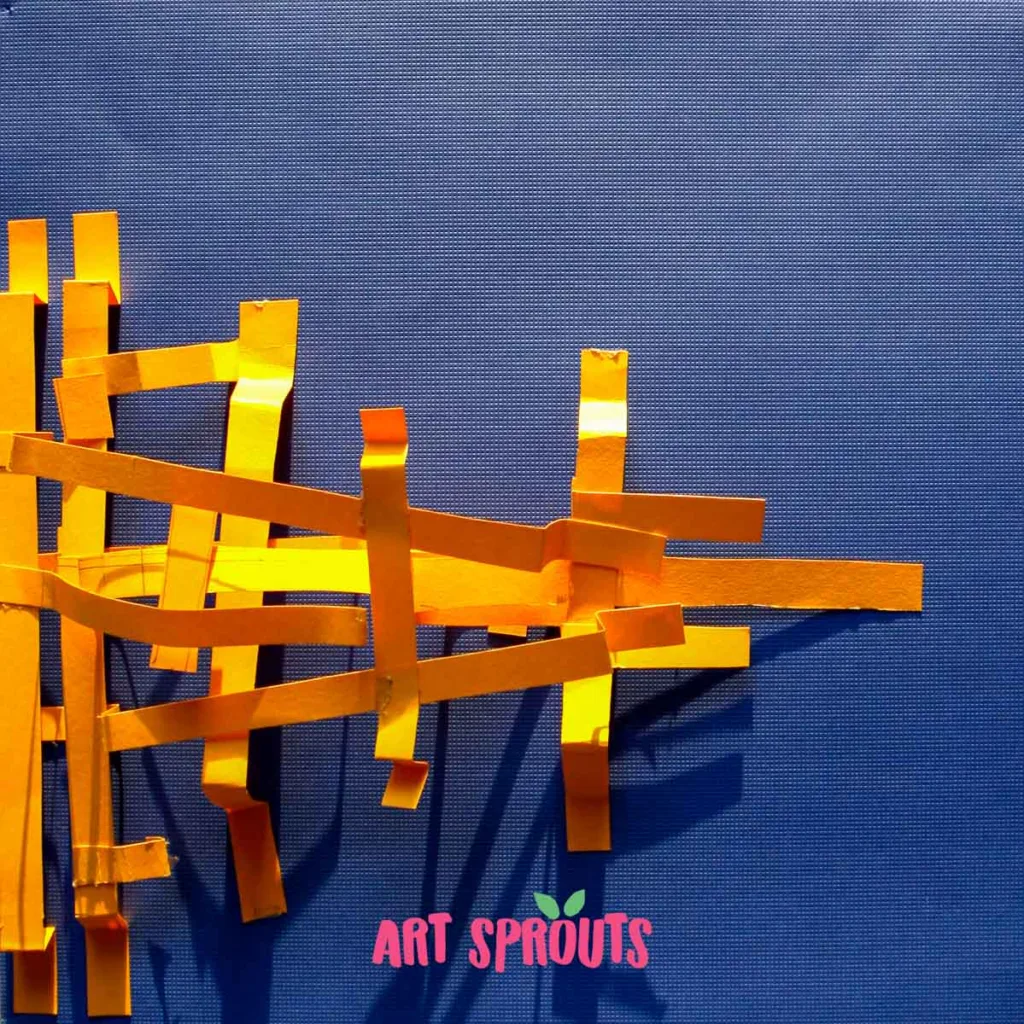

Why Process-Based Art Is Important for Kids
This 3D paper sculpture activity is a process-based art project, which means the focus is on the experience of creatingrather than the final result. Process-based art is critical in early childhood education because it allows children to explore, experiment, and engage their creativity without worrying about perfection.
By encouraging free exploration, children build problem-solving skills, gain confidence in their abilities, and develop a love for art. This project’s open-ended nature also introduces kids to the concepts of shape, space, texture, and light interaction, all while having fun!
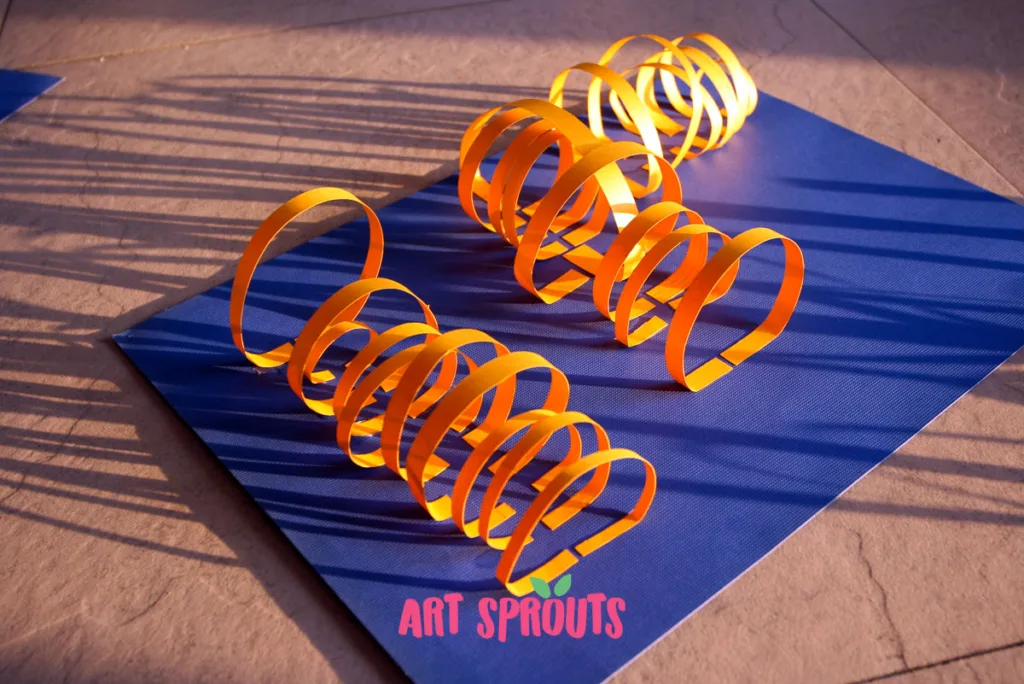
Classroom Tips for 3D Paper Sculptures
Age-Appropriate: This activity is perfect for preschoolers and early elementary students, but it can also be adapted for older children. For older kids, you can introduce more complex shapes, such as woven or layered structures.
Limit the Color Palette: By using only two colors, the focus shifts away from color matching or mixing and puts emphasis on the forms and textures created. This helps young children develop a better understanding of shapeand structure.
Encourage Exploration and Experimentation: There are no “right” or “wrong” ways to build these sculptures. Let children explore different ways to curl, fold, or twist the paper strips. This flexibility nurtures their sense of creativity and confidence.
Light and Shadow Play: Invite kids to move around their artwork in the classroom to experiment with different light sources and see how their sculptures interact with light. Shadows create dynamic visual changes that help children understand how light can transform their artwork in unexpected ways.
Save for Later:
